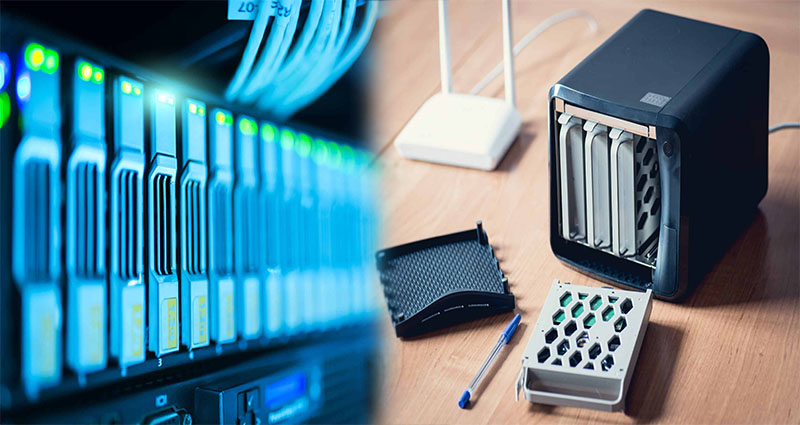Automated Backup and Data Redundancy Features with NAS Storage for Home
As digital data continues to grow in importance, ensuring its safety and accessibility becomes a top priority for individuals and households. Network Attached Storage (NAS) devices have become a popular solution for secure and reliable data storage at home. NAS systems not only provide ample storage capacity but also offer automated backup and data redundancy features, providing peace of mind and protection against data loss.
Understanding NAS Storage
NAS storage refers to a dedicated device or server that provides data storage and file-sharing capabilities over a network. These devices are designed to be easily accessible by multiple users and allow for centralized storage, making them an ideal solution for homes with multiple devices and users. NAS systems can be customized with various features, including automated backup and data redundancy, to ensure the integrity and availability of data.
Automated Backup
Automated backup is a crucial feature offered by NAS systems, allowing … Read More











